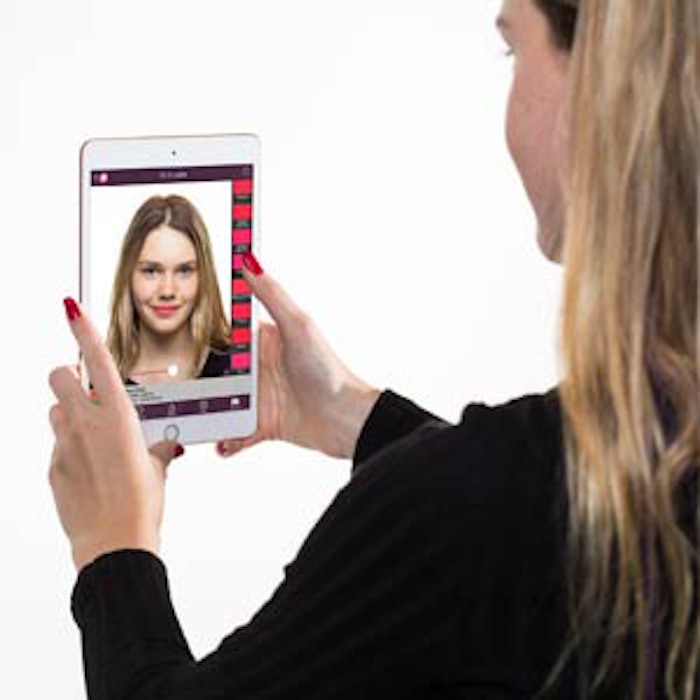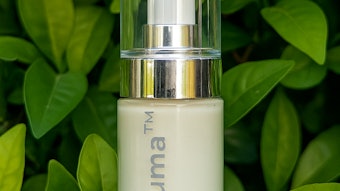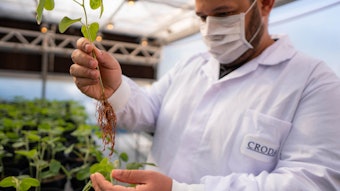
Recently, technologies that allow consumers to capture a color tone with a smart phone or paired device have proliferated, providing new levels of personalization and accuracy, while delivering the best of digital and traditional shopping experiences.
Previously: Sephora and Pantone Collaborate on System That Matches Foundation to Skin Tone
One third of consumers who use face color cosmetics such as lipsticks and foundations are interested in technology that could allow them to accurately match products to their skin tone, according to a research report from Mintel analyst Roshida Khanom. These apps and tools allow consumers to personalize their product selection on demand and potentially connect with brands. As Khanom puts it, “for consumers, personalization is a right, not a privilege, and one-size-fits-all is dead.”
Boots and Walgreens already offer the No 7 Match Made service in-store. The system allows a store consultant to use a hand-held device to scan consumers’ faces to derive an accurate skin tone reading for a targeted product selection. However, other organizations are putting this power and more into consumers’ hands.
Australia-based SwatchMate has released a hand-held Color Capturing Cube and companion app that allows users to capture colors and match them to paint and color databases. The cube, says Khanom, includes “an aperture port [featuring an inbuilt light source], collecting color parameters such as RGB or L*a*b, and reproducing the color in programs such as Photoshop.” The app could be used to sample users’ skin or hair tones for more accurate makeup selection, or to coordinate clothing with makeup choices. Brands, meanwhile, could analyze the data collected by SwatchMate to assess desired colors and even create personalized shades for consumers.
Meanwhile, Techkon’s ColorCatcher app and ColorChart allows users to match colors with their smartphone. The company’s marketing highlights the tool’s speed, convenience and accuracy. Users can use the technology to order beauty products online, closing the gap between the m-commerce and brick-and-mortar experiences.
Techkon has also developed ColorCatcher Glassware for, apparently, the next generation of Google Glass Explorer devices. According to a Techkon announcement, the technology turns Google Glass into a color capturing device. The Glassware is voice-activated (“OK, glass, recognize this.”) and allows users to place a Glass ColorChart beside the color one seeks to capture. The desired color is then captured and displayed automatically.
Another brand, MINK, takes the customization angle one step further to 3-D printing. The technology “can take any image and instantly transform it into a wearable color cosmetic,” according to the company. MINK’s iOS-compatible product, now available for pre-order (250 units available as of press time), includes a portable printer ($275) that employs Canon technology, a cosmetic-grade ink set ($15) and basic powder ($10). However, the technology lacks SwatchMate’s ability to capture color directly from a source.
ShadeScout from FaceCake Marketing Technologies, shown at Cosmoprof in Las Vegas, leverages augmented reality to offer a “virtual try-on” for mobile cosmetics shoppers. According to the company, “Whether admiring the color of a celebrity’s lipstick in a magazine or a flower in a garden, ShadeScout allows consumers to use their mobile device to capture any color they see and quickly and easily locate its cosmetic counterpart.”
The technology draws product matches including lipstick, eyeshadow, blush and foundation from among 40 luxury beauty brands.
FaceCake CEO Linda Smith notes, “You don’t need to have product information to find that perfect match; ShadeScout finds it for you.”
Shoppers can take virtual try-on selfies to request feedback from friends and family via an in-app social sharing option. They can also make purchases directly within the app.










